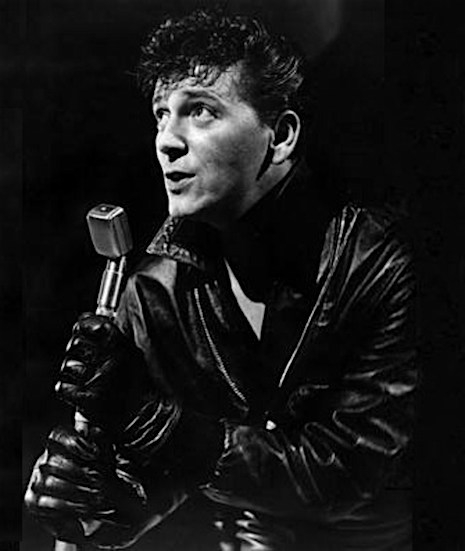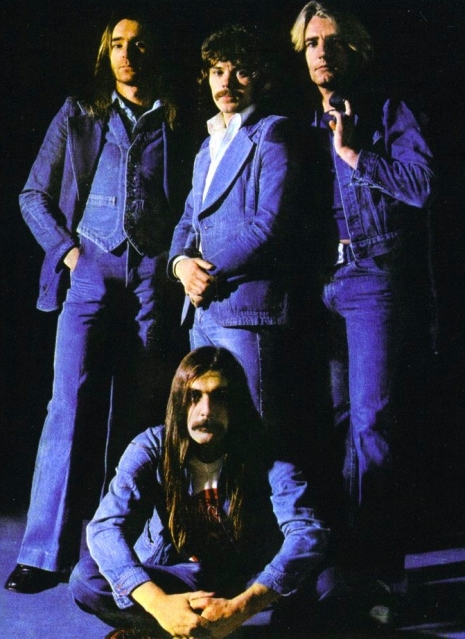
Never underestimate the power of imitation.
Elvis Presley never toured Britain. The only time the King set foot in the UK was during a brief stopover to refuel the army plane that was taking him home at Prestwick Airport in 1960. With no Presley tours, ever, there was a wide open gap for homegrown talent to fill.
First there was Tommy Steele. Steele was good—but he had no edge. He was wholesome showbiz—the kind of rock ‘n’ roll singer mothers adored. He did stage shows, TV light entertainment shows and even made a movie with Benny Hill. Then came Marty Wilde, Billy Fury, Duffy Power, Vince Eager and Dickie Pride. Each one of these acts was managed by Larry Parnes, a pop impresario and manager known as the “Beat Svengali.” Parnes created his own homegrown roster of rock ‘n’ roll acts. He produced their records, booked their gigs and made a helluva lot of money. His stars? Not so much. Most of his singers never received any royalties—Parnes was able to do this by having power of attorney over his acts.
The fans screamed. The records sold. But the kids still craved real American rock ‘n’ roll stars. Bill Haley and the Comets toured—but they were old and not so hip. Buddy Holly hit it big with a tour in 1958. But when Holly died in a plane crash not long after, most American rockers weren’t so keen on flying to the UK to tour. Then came Gene Vincent. Finally the British fans would find their replacement for Elvis Presley.
Gene Vincent had the bad boy rep. He looked like trouble. He was known for trouble. He was said to have wrecked his leg in a bike crash which left him wearing a “steel sheath” for the rest of his life. His biggest hit was “Be-Bop-a-Lula” in 1956—which was the best Elvis song that Presley never recorded. It made Gene Vincent famous. He toured the US with his band the Blue Caps. He made TV and movie appearances but never quite followed up the success he had with “Be-Bop-a-Lula.” The taxman came after him. Vincent allegedly sold his band’s equipment to pay off the debt. It was the start of a pattern that was to frame the rest of his life.
Vincent was going nowhere fast when an offer came to tour England in 1959. TV producer Jack Good booked Vincent on to his pop show Boy Meets Girl. Good hated Vincent’s look. The singer arrived in his trademark green Teddy Boy jacket with “GV” emblazoned on the pockets. Good dressed him in black leather—leather trousers, leather jacket, leather gloves, jet black t-shirt. and sparkling medallion. It was the image that defined bad boy rock ‘n’ roll.
His appearance on Boy Meets Girl made Gene Vincent a legend. He was booked to tour the UK. Sell-out gigs across the country and then in Europe. The Brits couldn’t get enough of this Yankee rock ‘n’ roll singer.
Watch Gene Vincent on the road in 1969, after the jump…








